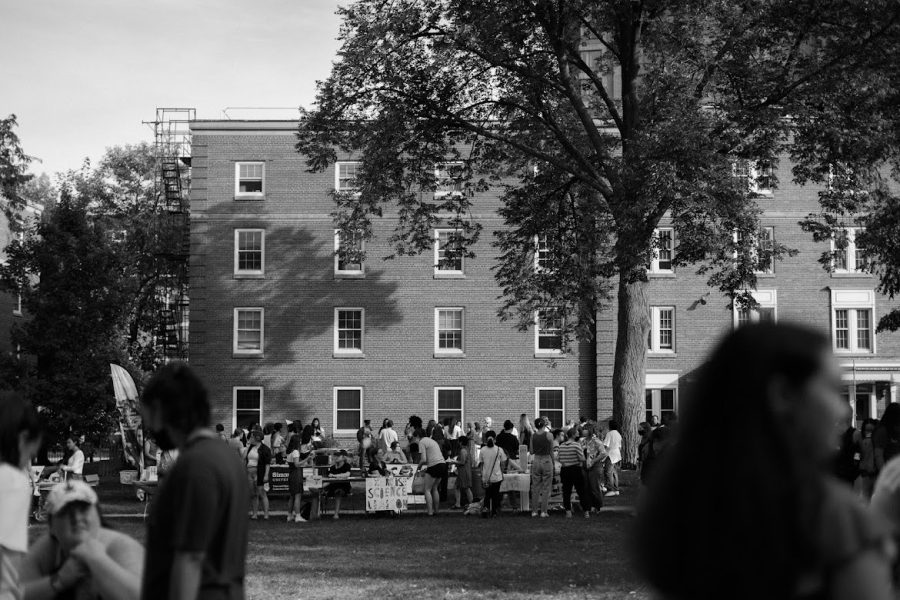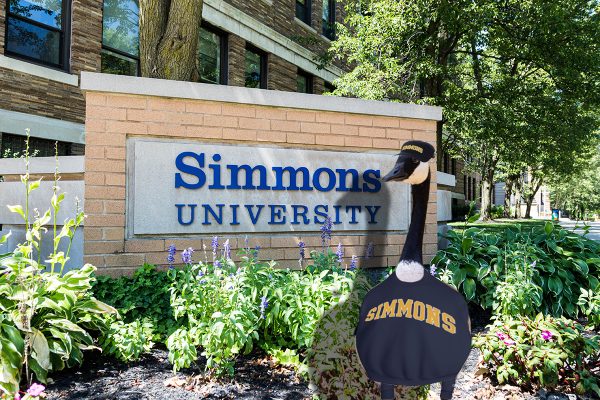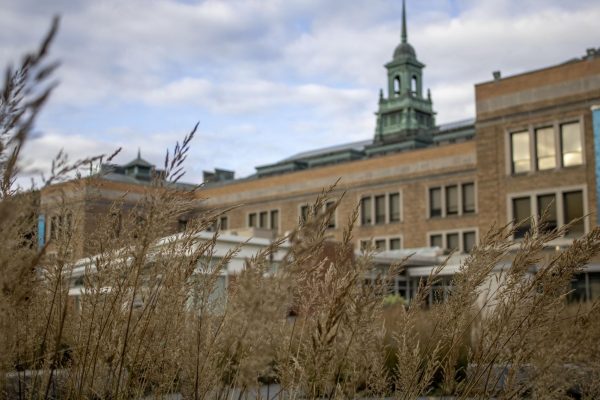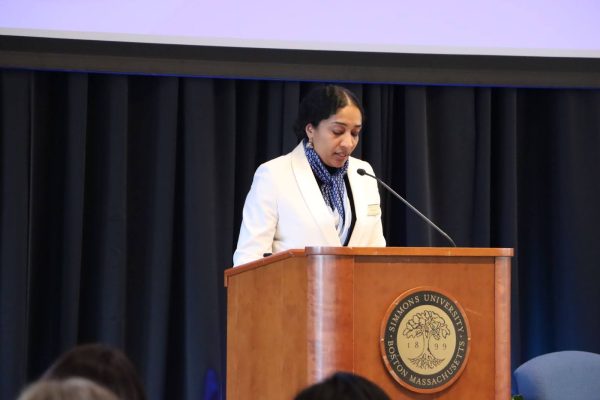Simmons’ plan to combat the Great Resignation
“This is a really common problem right now in higher education,” said Provost Russel Pinizzotto in a press conference with student reporters on Dec. 6. “Faculty and staff are just opting out of higher education in general so this isn’t a unique phenomenon happening with Simmons.”
December 16, 2022
The “Great Resignation” is impacting industries across the country, and Simmons University is not immune to this phenomenon.
The Great Resignation began in early 2021 as employees started quitting their jobs at record rates. 47.8 million people left their job by the end of 2021, as compared to the 37.7 million who did the same in 2017.
The U.S. Bureau of Labor Statistics (BLS) Job Openings and Labor Turnover Survey (JOLTS) program showed a quit rate of 3.0 percent in November and December 2021, a rise in the consistent seasonally adjusted quit rate of 2.4 percent since January 2001.
“This is a really common problem right now in higher education,” said Provost Russel Pinizzotto in a press conference with student reporters on Dec. 6. “Faculty and staff are just opting out of higher education in general so this isn’t a unique phenomenon happening with Simmons.”
This trend is being seen across multiple departments within the university, including some student-facing services, particularly Student Affairs. “There are a lot of people within the field of student affairs that are making decisions to move elsewhere,” said Vice President of Student Affairs Dr. Renique Kersh.
37% of respondents in a Pew Research Center study said that pay being “too low” was a “major reason” for quitting their job in 2021.
“Early on, when this profession came about, people came in and the money wasn’t a concern–it was just the joy of working with students,” said Dr. Kersh. “I think the pandemic has really forced a lot of folks to think about whether the combination of the money and the stress is worth it.”
In response, Simmons plans to improve its staff retention by making adjustments to pay. The University worked with Mercer, a consulting company, to perform two studies related to faculty salaries.
According to a written statement from Pinizzotto, “there were some minor inconsistencies” in a study that examined equity among all faculty ranks. He stated that these inconsistencies were addressed by salary adjustments made last year.
The University’s second study examined faculty salaries compared to market values. “Our salaries are close to the median values,” Pinizzotto wrote. “However, a few faculty salaries will be adjusted this coming January so that there are no extreme variations.”
Pinizzotto made it clear in a follow-up interview that “no salary has ever been decreased” and these adjustments are “increases based on where the market shows us we should be.”
The same Pew Research Center study showed that 24% of respondents felt that there was “not enough flexibility to choose when to put in hours.” 20% said “working too many hours” was another major reason for quitting.
“[Student affairs] hasn’t been a field that’s been known to prioritize wellness in a way we would like to see,” said Dr. Kersh. She stated that this is contributing to the trend of staff resigning.
Pinizzotto said another way the University is looking to improve faculty and staff retention is by implementing a formal plan for hybrid work. This would include working in person three days, and working from home the remaining two days of the work week.
“Faculty, staff, and administration have been given the option of flexible work schedules as long as they are approved by their manager and that it does not result in any degradation to normal operations,” Pinizzotto wrote in an email statement.
“The flexibility that Russ mentioned is something that’s critically important,” said Dr. Kersh. “Days that you can work remotely is not something that you commonly would have seen prior to the pandemic.”
“Formally adopting flexible work schedules allows us to address and improve employee morale helping with retention, and is something that helps us when hiring new employees,” wrote Pinizzotto. “It’s also best practice in these ‘post’ COVID days.”










